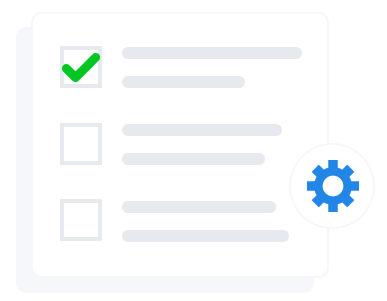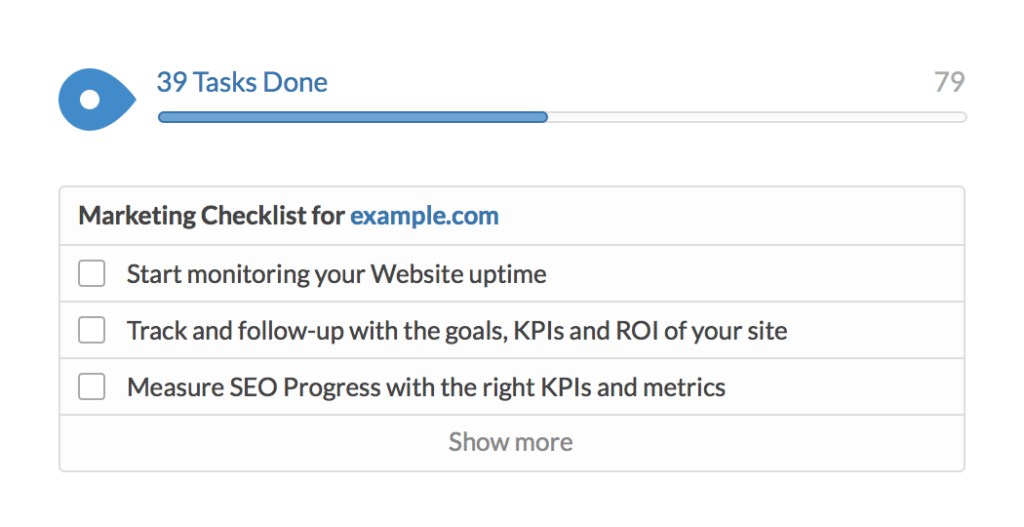Have you heard of the new Google SEO algorithm, rolling out in June 2021? The Google Page Experience ranking factor aims to prioritize websites that provide a good user experience to visitors, as measured through five (5) key signals.
The 5 Signals
1. Core Web Vitals
These are a new set of three performance metrics that focus on how performance connects to experience. The three metrics are Largest Contentful Paint (LCP), Cumulative Layout Shift (CLS), and First Input Delay (FID). Largest Contentful Paint (LCP) measures how long it takes for the largest element to become visible in the viewpoint. Cumulative Layout Shift (CLS) measures how visually stable the page is. First Input Delay (FID) measures how long it takes for the browser to respond to the first user’s interaction with a page.
2. Mobile-friendliness
The user should get the same time results, no matter if the information lives on mobile-friendly web pages or apps. More and more people are using their mobile devices to access the internet, and the algorithm is adapting to that change.
3. Safe Browsing
Safe Browsing has helped webmasters via Search Console with information about how to fix security issues with their sites. The updated information will provide more specific explanations of malware, deceptive pages, harmful downloads, and uncommon downloads.
4. HTTPS usage
Security has always been critical to the web. A web with HTTPS is not the future; it is happening now to secure browsing.
5. No Intrusive Interstitials on mobile
Google’s goal is to help users quickly finds the best answers to their questions, no matter what device they are using. The content on the page should be easily accessible to the user.
What is Page Experience?
Page Experience update focuses on the user experience of a page, not its content. Even after this update rolls out, Google will still focus on the value of content. Google’s words on balance between Page Experience vs Relevance: “While all of the components of page experience are important, we will prioritize pages with the best information overall, even if some aspects of page experience are subpar. A good page experience doesn’t override having great, relevant content. However, in cases where there are multiple pages that have similar content, page experience becomes much more important for visibility in Search.”
How Google Will Measure Ranking Score?
1. Core Web Vitals
To measure how your site compares against LCP, CLS, and FID, you can use Google’s PageSpeed Insights testing tool. Below is what Google recommends your measures to be at:
 If you are in the green, you are good to go. If you are in the yellow or red, it is time to reevaluate your core web vitals.
If you are in the green, you are good to go. If you are in the yellow or red, it is time to reevaluate your core web vitals.
2. Mobile-friendliness
To see if Google has detected issues with mobile-friendliness, you can use the Mobile Usability report in Google Search Console.
3. Safe Browsing
To check for issues with safe browsing, you can use the Security issues report under Security & Manual Actions in Google Search Console.
4. HTTPS usage
You can test this one yourself – when you visit a page on your website, do you see a closed padlock in your browser address bar? If so, you’ve passed this assessment. You can also view details and read that your connection is secure.
5. No Intrusive Interstitials on mobile
There is no test to this key signal. You will want to make sure that you are not displaying intrusive interstitials or popups to mobile users. Some intrusive interstitials include popup ads or asking for an email address to send a document.
This does not mean that Google will stop prioritizing content and relevance. It just means if there is situation where there is a tie in relevance, the one with better page experience will take the top of the search.
Additional Google Page Experience Resources
Understanding page experience in Google Search result (Google)
The Google Page Experience Update: User experience to become a Google ranking factor (Search Engine Land)
Google’s New Algorithm: Page Experience (Neil Patel)



